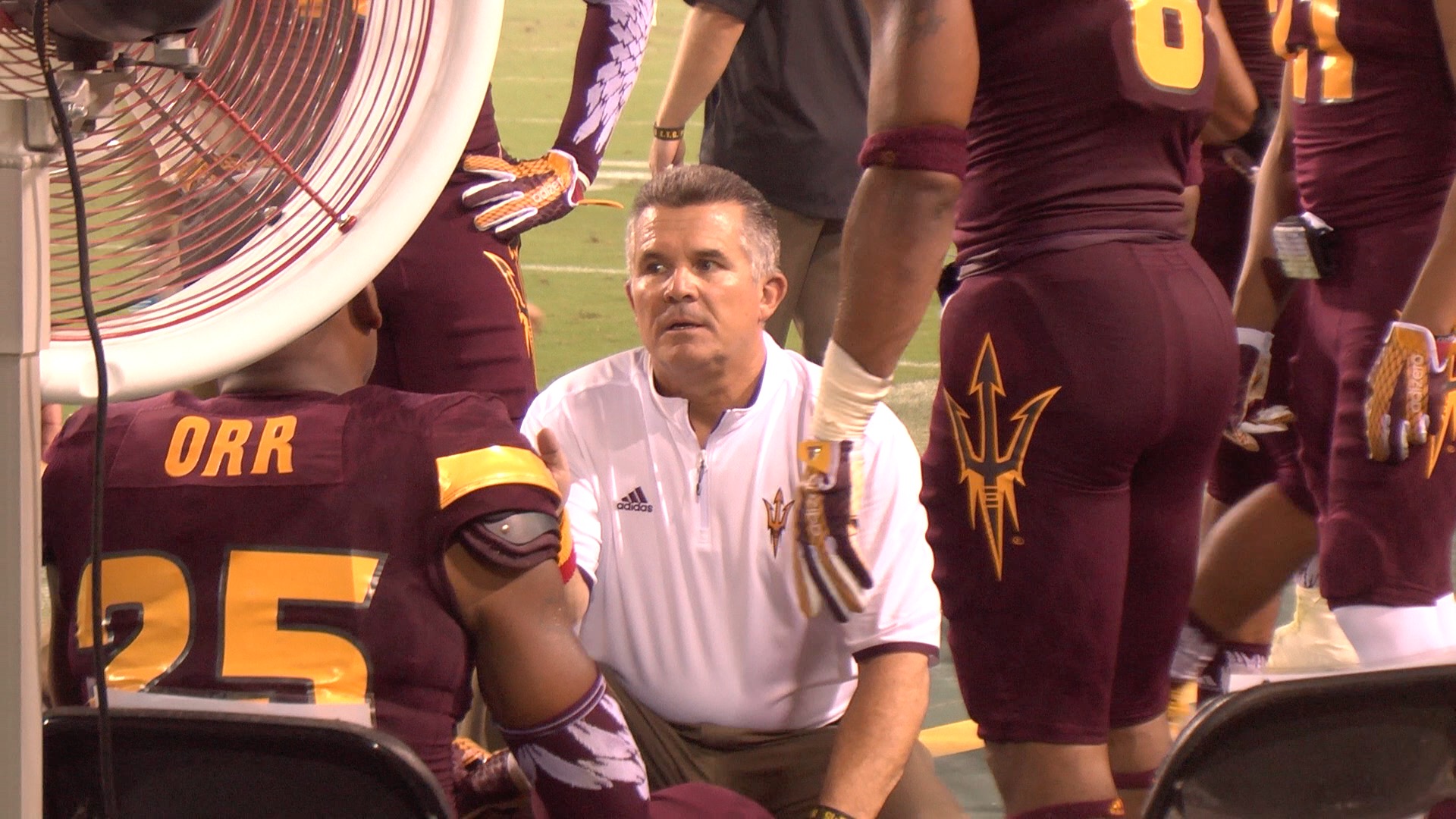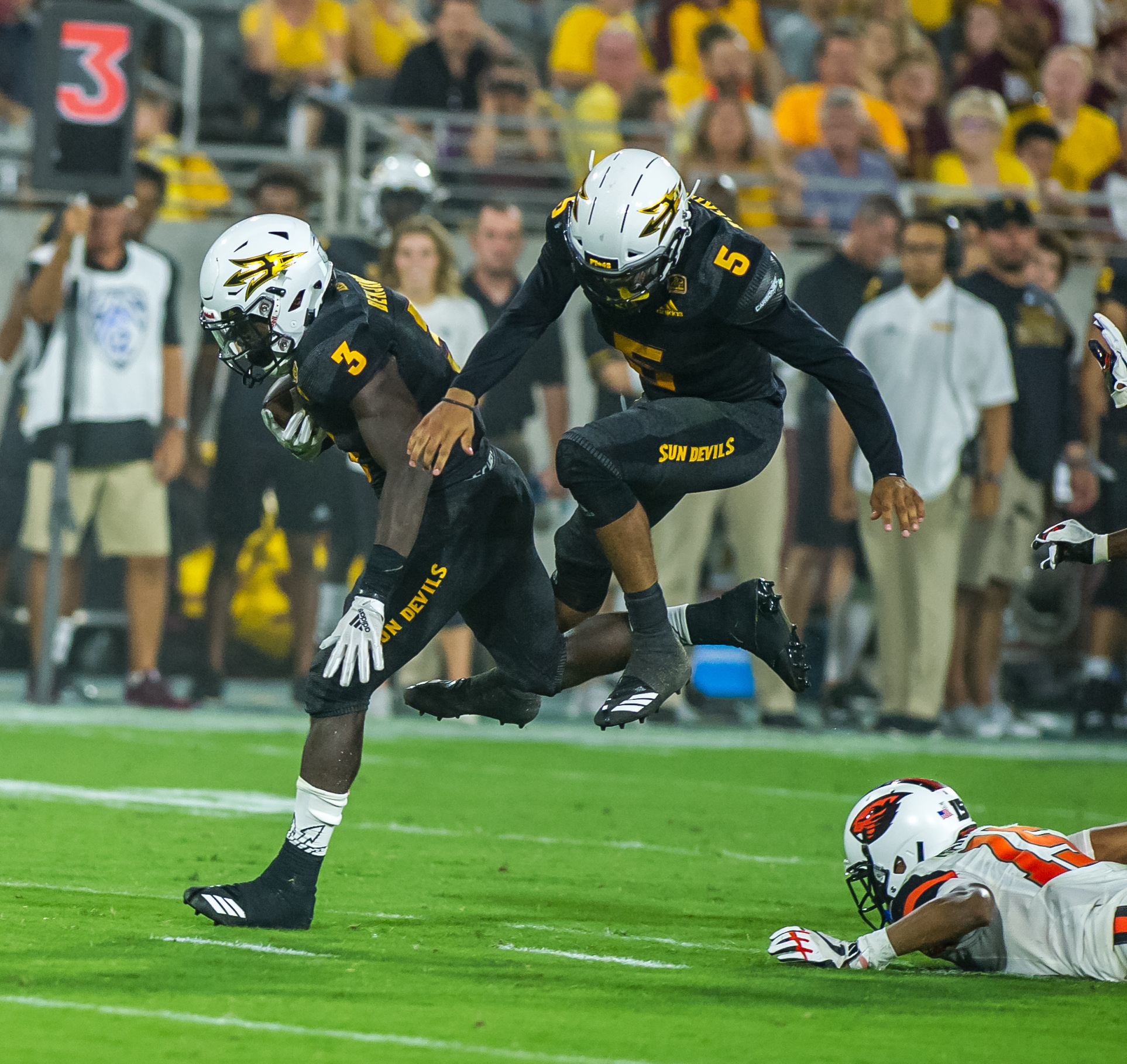Arizona has a fantastic league of junior college football teams. The ACCAC is one of the most competitive leagues in the country and is comprised of seven teams; Arizona Western, Eastern Arizona, Glendale, Mesa, Phoenix, Pima and Scottsdale. Arizona Western has played for two national titles in the last five years, Glendale has won three in their history while both Scottsdale and Mesa have finished the season ranked in the Top 10 in the country recently.
Last week the Arizona Republic ran with a story about the four teams in Maricopa County dropping football and Ralph Amsden followed with a well-written piece about the situation.
The reasoning for the POTENTIAL drop is money. Insurance cost being seemingly the biggest concern.
Let’s be frank. In a league of seven teams, if four drop, do you think the other three will stick around? Probably not. Who would they play? Snow College from Utah is in the league, New Mexico Military plays in the Texas league. There are no junior colleges that play football in Colorado or Nevada. A very similar situation happened in the state of Washington, where a few teams dropped football and a fine league eventually folded.
So with seven teams, each team has 85 players on the roster; that would leave 595 players without a place to play and that does not include the non-rostered red-shirt players.
595!!!
Most of these players are from local high schools.
Arizona already lacks football options for it’s high school players. Arizona State and Arizona play at the FBS level, NAU plays at the FCS level and Arizona Christian and Ottawa play NAIA football. Just five four-year schools in a state with one of the biggest cities in the country.
The junior colleges play a vital role for student-athletes in Arizona. They let players that were under-recruited or under-developed, a chance to mature and get re-recruited. They also give players that struggled academically and may have had four-year options but couldn’t meet the academic requirements, a second chance.
Look at all of the success stories. Every one of these programs sends anywhere from 20-35 players per year to the four-year level. That is literally hundreds of players per year advancing to get a better education.
Every program has their share of success but take a look at a few…
Rattlers starting quarterback Cody Sokol didn’t get recruited out of Desert Vista, signed with Scottsdale and graduated from Louisiana Tech before becoming the starter for the hometown Rattlers.
Mesa had a 1st round draft pick in Damarious Randall, who starred for the Thunderbirds before moving n to ASU.
Phoenix College kicker Dylan Brown had no division-one offers out of Hamilton HS, but ended up signing with New Mexico State after one season at PC.
Glendale offensive lineman Manuel Orona had ZERO opportunities to play college football at the next level besides his offer from GCC. He just received an offer to play at Memphis for former ASU offensive coordinator Mike Norvell.
Many of these players then come back to serve the community as teachers and coaches. Current ASU recruiting coordinator Donnie Yantis played at Glendale, as did Basha head coach Rich Wellbrock, Northwest Christian head coach Dave Inness and current GCC head coach Mickey Bell.
Kansas State offensive line coach Charlie Dickey played at SCC and now is back in his hometown offering local junior college players.
The lists go on and on.
But kids don’t just go to college t play football. They go to get an education, right? I would bet that the graduation rate for student-athletes is higher than that of the general student. I would also wager that graduation rates are higher for minority student-athletes.
The purpose of the community colleges is to “serve the community”, isn’t that exactly what they are doing?
So while dropping football in Maricopa County Community Colleges is far from a done deal, even thinking about is foolish.






